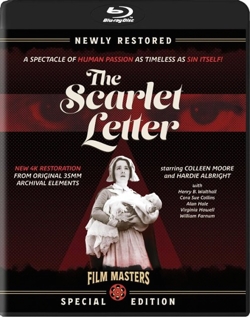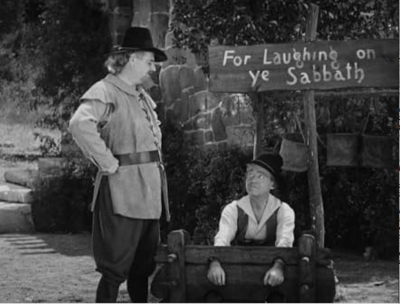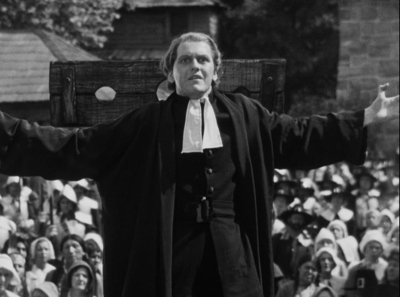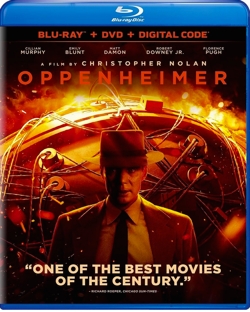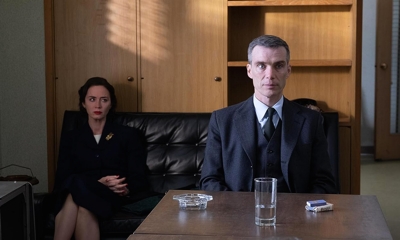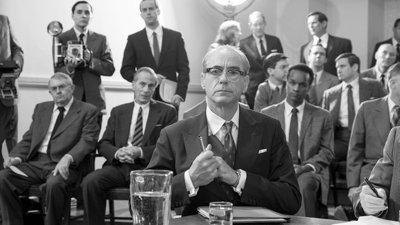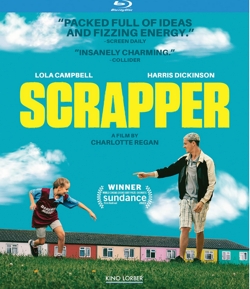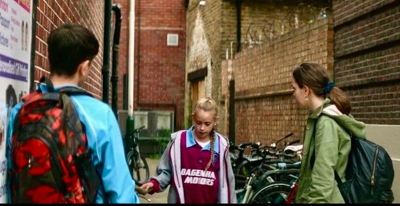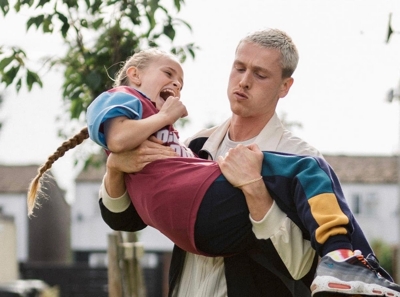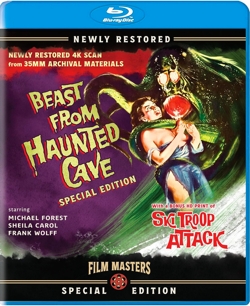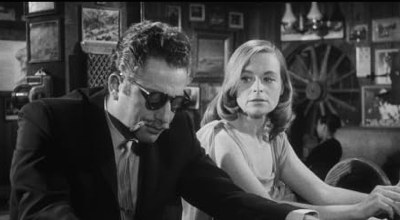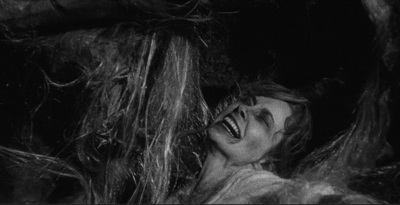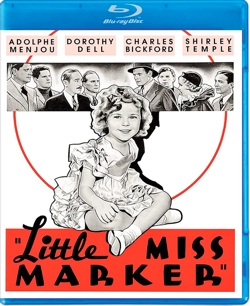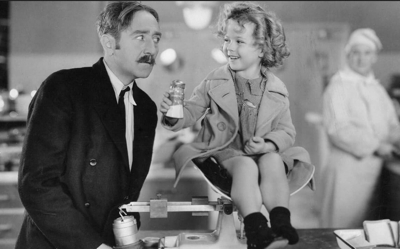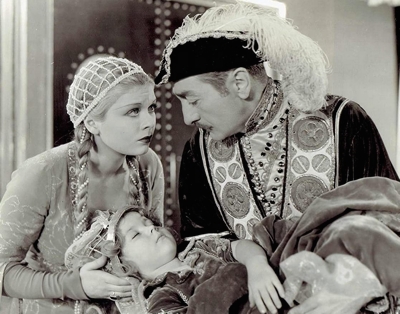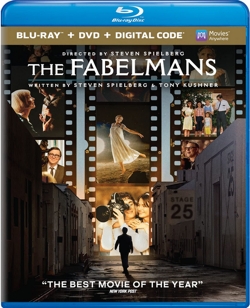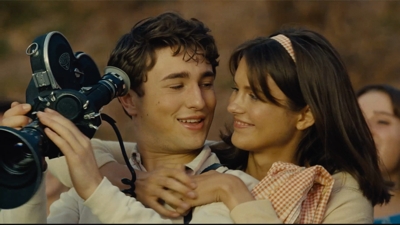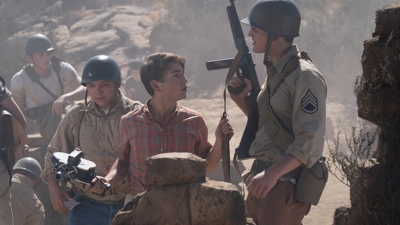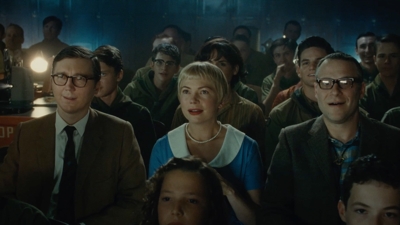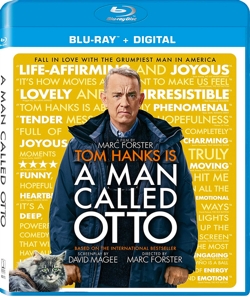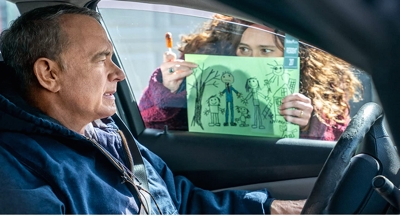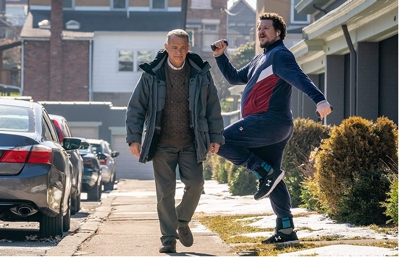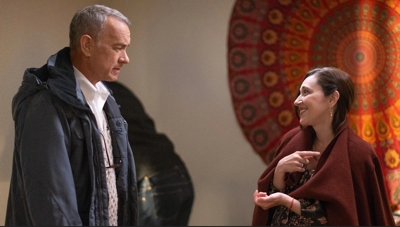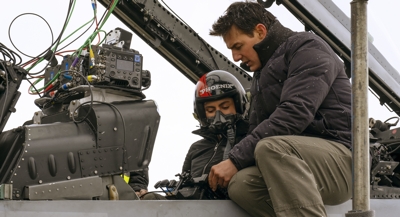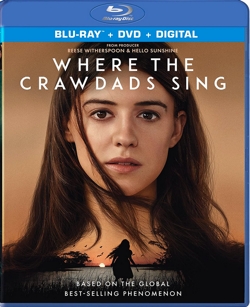Grade: C+
Drama
Not rated (would be PG)
First, schools across America absolutely ruinedNathaniel Hawthorne’s The Scarlet Letter for readers by force-feeding it to them when they were disinterested children. Then Roland Joffé spoiled it for film buffs by giving them a weird and distorted 1995 version starring Demi Moore—a film so bad that the essence of its badness stays with you years after you’ve forgotten what made it a stinker.
But there is some redemption for the American classic in this newly restored and released talking 1934 adaptation starring Colleen Moore, one of the biggest stars of the silent era. While the film didn’t do well because sound was still in motion picture infancy, it might look and sound better now than it did when it was first released, thanks to Film Masters’ meticulous restoration and digital advancements. The black-and-white film looks visually stunning for a film that old, and the sound is distortion-free, with respectable clarity.
For fans of classic films like The Adventures of Robin Hood starring Errol Flynn, what jumps out instantly is the familiar face and onscreen persona of character actor Alan Hale, who played Friar Tuck in that swashbuckler and offers the same type of performance and comic relief . . . in The Scarlet Letter! Hawthorne would be horrified, of course, but Hale’s recognizable presence and that unmistakable period touch adds an element of interest to this early sound offering. It was one of 14 films (you heard right) that Hale made in 1934, and what that suggests, of course, is low budget and quick turnaround time. This one was shot in a month.
I’m not sure how accurate the depiction of Puritan life is in the film, but Puritans were big on public humiliation for any infraction, and in opening scenes we get examples of someone in stocks and another with wooden splints clamped to her tongue with a sign that reads “Ye olde gossip.” Again, there’s that blend of interpreted history and the preferred light touch of Hollywood films from the thirties. We also see an engaged couple using an “engagement horn” that was essentially an eight-foot long device that they had to use to talk to each other at a respectable distance. I could picture this film being used by teachers in addition to Hawthorne’s novel. It would make for a nice comparison discussion. Is the punishment for “malicious gossip” too strict? Is Hester’s punishment sexist?
The makers of this 1934 film chose to depict the Puritan culture within the broader context of early settlers and pioneers. And after all, Puritans were extremists who tried to impose their rules on entire communities. Too often in film and discussions of the text we tend to get Puritans in self-contained homogenous communities (I’m thinking The Crucible). But in this version, Chillingworth (Henry B. Walthall), who studied medicines with the American Indians, actually comes to town dressed like someone who lived with the Indians. He’s a bearded frontiersman wearing buckskins and a coonskin cap. Other traders and trappers walk past the camera with a dead deer on a pole, and when the Puritan city fathers hold an event in the town square there are non-Puritans dotting the audience landscape as well as the bunch in austere black-and-white and their armor-plated enforcers.
As Hester is publicly shamed for bearing a child out of wedlock and must begin wearing an “A” on her chest, Dimmesdale (Hardie Albright) is appropriately duplicitous. He also acts a bit like Ralphie when the boy’s teacher asks what happened to Flick, the friend that the Christmas Story main character abandoned when his tongue got stuck to a metal pole. Hester? Who’s she?
Hawthorne’s novel was a psychological drama of the heart and concerned the tormenting power of guilt, not unlike Poe’s The Tell-Tale Heart. And Dimmesdale’s hypocrisy would have resonated even more with audiences in 1850 because the Puritan way of life—husbands as spiritual heads of the household—would not have been as far removed from them. There is less implication that Dimmesdale’s torment comes at the hands of Chillingworth than in the book, but the basic principles remain the same.
Although director Robert G. Vignola gave viewers a very watchable version of The Scarlet Letter that showcases the severity of Puritan extremists in a Hollywood backlot environment of drama and spot humor, I have to admit that the Film Masters’ bonus features are almost if not more riveting. Teachers might like to augment their reading assignments with the 17-minute “Hawthorne on Film” bonus feature. Another extra, the 13-minute “Salem and The Scarlet Letter,” is a nice contextual history made during the sixties and narrated by John Carradine.
I’m usually not into commentary tracks, but when you have a film this old that features contributions from Cora Sue Collins, the young actress who played Hester’s daughter, Pearl, it’s worth watching the film all over again to listen to her and Colorado Christian University professor Jason A. Ney, who also contributed liner notes.
But the bonus feature that I thought was as entertaining as the movie was the 19-minute Revealing the Scarlet Letter, in which producer Sam Sherman shares the story of how he came to dedicate himself to this project. It’s actually quite engrossing.
Entire family: Yes (but what small children would want to watch?)
Studio/Distributor: Film Masters
Aspect ratio: 1.33:1
Featured audio: Dolby Digital Mono
Bonus features: B-
Not rated (would be PG for implied adult themes)
Language: 0/10—Uh, Puritans
Sex: 0/10—Uh, Puritans
Violence: 1/10—Things are thrown at Hester and Pearl
Adult situations: 1/10—Kids would have to know where babies come from to even grasp that there was anything adult in this, and there is one death near the end
Takeaway: Hawthorne lives! Ironically, in retrospect. I’m not sure that a faithful adaptation could be made these days, given the audience expectations for skin, language, and violence, all gratuitously inserted because they were lacking in the book; this version remains the best choice for classrooms


